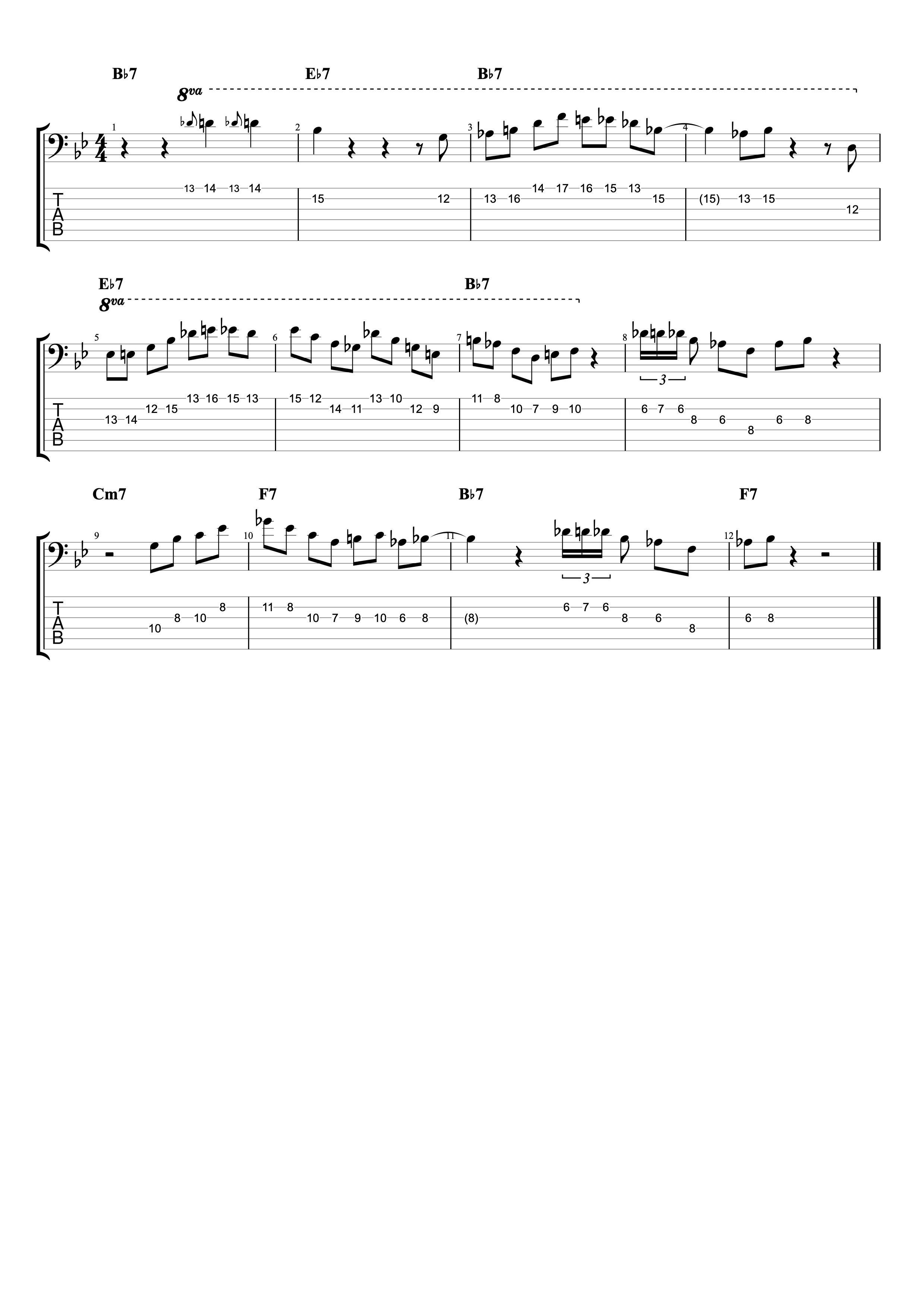Learn a Jimmy Johnson Bass Lick with Bass TAB – Bass Practice Diary – 2nd March 2021
I’m always surprised that Jimmy Johnson isn’t talked about more among the bass community. Some great bass players achieve legendary status, like Jaco Pastorius and Marcus Miller, while others aren’t heralded in the same way. I would argue that Jimmy Johnson belongs in the very top echelon of bass players, and most of the professionals that I know who are familiar with his work agree with me.
I’ve only been lucky enough to witness him play live once, about 10 years ago with Allan Holdsworth and Gary Husband. I’ve been to a lot of gigs in my life both before and after that night and I’ve seen most of the bassists that I consider to be the greatest in the business. But even so, that night sticks in my memory for being a particularly extraordinary night of musicianship from all three members of the band.
For me, what makes Jimmy Johnson so extraordinary is his execution. He seems to place every note perfectly even when playing highly complex music, such as the compositions of Allan Holdsworth. He never seems to make a mistake or misplace a note even when playing and improvising through lightening fast compositions with irregular meters and complex harmony.
Sadly, Allan Holdsworth is no longer with us, but Jimmy Johnson is, and I would recommend that every bass player try to see him play live at least once.
The Lick
Having talked a bit about highly complex music, I’ve actually picked a lick from a fairly simple composition, Rio Funk by Lee Ritenour. It’s a tune that is most famous in the bass community for Marcus Miller’s iconic bass line on the original version. Jimmy Johnson’s approach to playing and soloing on the tune is completely different to Marcus Miller. It’s interesting to listen to the two versions side by side, both contain a bass solo.
The lick that I’ve transcribed comes 2 minutes and 34 seconds into the YouTube video linked here. It’s an almost entirely diatonic line that he plays over Gm7 and C7. But what I like, is the way he effortlessly navigates virtually the entire fretboard from 24th fret down to 3rd fret. It’s a lesson in knowing the harmony over the entire fretboard and executing the techniques involved in moving through the positions while improvising.

I’ve TAB’d this for 5-string bass because Jimmy Johnson is playing a 5-string bass. However, I mentioned in the video that you don’t need a 5-string to play this. You do need 24 frets if you want to play the notes in the same positions that he plays them. It is possible to play the line on a 4-string bass with 22 frets by moving one note. You need to move the D on the 24th fret of the 2nd string to the 19th fret of the first string. However, the reason I transcribed the line from a video is because I wanted to see where he was placing the notes and how he made the shifts. So, the version that I’ve written is accurate in terms of where he plays the notes on the fretboard.






